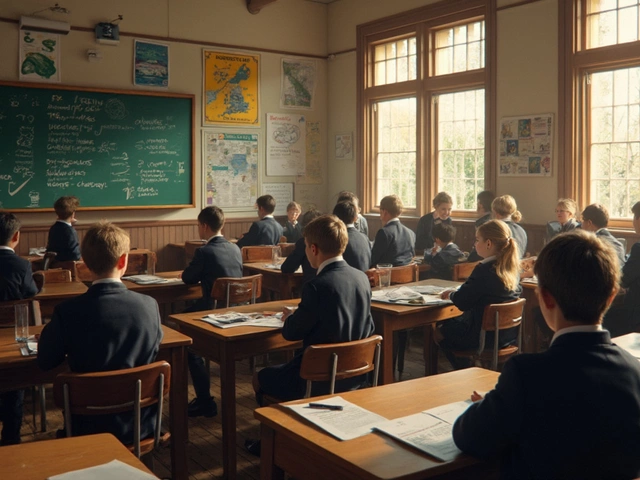Elementary School Bell Schedule: What You Need to Know
A elementary school bell schedule, a timed structure that organizes the school day into blocks for instruction, recess, lunch, and transitions. It’s not just about when class starts and ends—it’s about matching the rhythm of the day to how young children learn, move, and focus. In the UK and beyond, these schedules vary by district, but they all aim to balance learning time with breaks that help kids stay alert and calm. A well-designed bell schedule doesn’t just save time—it reduces stress, cuts down on behavioral issues, and gives teachers predictable windows to teach effectively.
Related to this are school start time, the designated hour when instructional activities begin, which research shows impacts sleep, attention, and even attendance. Many schools now push start times later for older students, but elementary kids often start earlier—around 8:30 or 9:00 AM—because their natural rhythms are different. Then there’s school day structure, how time is divided between core subjects, specialist classes, and unstructured breaks. A typical day might include 45-minute literacy blocks, 30-minute recess, a 40-minute lunch, and short transitions between classes. Too many transitions? Kids get restless. Too few? Teachers can’t cover everything. It’s a tight balance.
Some schools use bell schedule template, a reusable framework that outlines daily time blocks for lessons, specials, and breaks to keep things consistent across classrooms. These templates help new teachers adapt quickly and let parents plan drop-offs and pick-ups without guesswork. And while every school’s schedule looks a little different, the best ones follow a few simple rules: keep transitions short, give kids movement breaks after 45 minutes of sitting, and protect lunchtime from being cut for extra math.
What you’ll find in this collection aren’t just generic templates or sample timetables. These are real-world examples from UK schools, insights from teachers who’ve tweaked their schedules to cut chaos, and data-backed tips on how timing affects learning. Whether you’re a parent trying to understand why your child comes home exhausted by 3 PM, a new teacher planning your first term, or a school administrator reviewing your calendar—this is the practical stuff that actually changes how the day runs.






